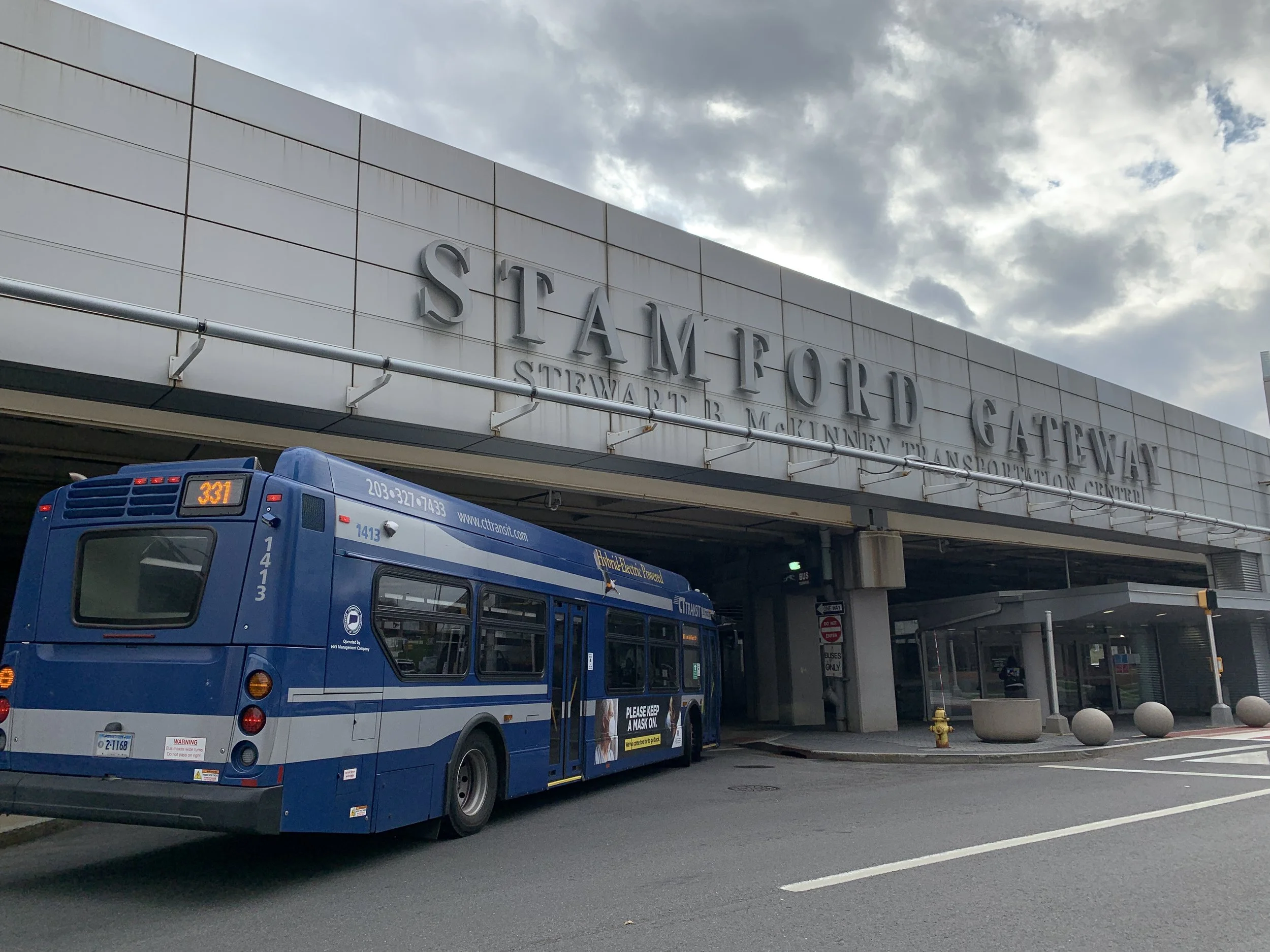
FAQ
The most commonly asked questions are answered here.
-
A Planning and Environment Linkages (PEL) Study is a collaborative approach to transportation decision-making that informs the National Environmental Policy Act (NEPA) process, such that results can be “adopted into NEPA” during project development. Pairing planning and environmental screening early on leads to value-added projects that have undergone stakeholder and public review with a collaborative interagency approach. Such a method lends itself to early problem identification and solutions, requiring less duplication of effort later in the NEPA process, and potentially accelerating project delivery and minimizing overall costs.
-
The I-95 bridge, which carries the interstate over the Metro-North Railroad and local streets in the City of Stamford, is approaching the end of its useful life and solutions must be developed to allow for its eventual replacement. In addition to this, the alignment of I-95 and the closely spaced on and off ramps through Stamford contribute to daily congestion and high crash rates.
-
The I-95 Stamford PEL Study will examine alternatives to replace the I-95 bridge over Metro-North Railroad and Myrtle Avenue, reduce overall congestion on the section of I-95 between Exits 7 and 9, serve existing and future needs, and identify opportunities to improve traffic operations, travel time, and safety. Root causes of congestion will be identified through analysis of current and projected traffic.
-
The early timeframe of the Study will include the development of a Purpose and Need, which will look to identify why the Study is being conducted and what the key needs in the corridor are. The team, with the help of stakeholders and the public, will assess several alternatives and compare these alternatives against the Purpose and Need, which includes geometric, access, traffic, planning, and environmental factors. The product will be a report that outlines a vision for the study area and provides recommended solutions. These solutions will include short-term upgrades (1-5 years) as well as medium-term (5-15 years), and long-term (15+ years) improvements. The report will consider local communities and other development, local conservation plans, development plans, and public and agency input.
-
The Study area generally includes the corridor of I-95 from West Avenue (Exit 6), Stamford Transportation Center area (Exit 7), Canal Street/Elm Street area (Exit 8), I-95 bridge over Metro-North Railroad and Myrtle Avenue, Route 106/Seaside Avenue area (Exit 9), and select diversion routes (e.g. U.S. Route 1, local roads, etc.). See map here.
-
The PEL Study process includes two phases.
Phase 1 will include the PEL strategy and scheduling work, preliminary corridor assessments, initial data collection and preliminary traffic assessments, initial public and stakeholder outreach to present project goals, analysis of needs and deficiencies, development of a preliminary Purpose and Need, initial infrastructure assessments, and development of high-level concepts for corridor improvements. Phase 1 is expected to be completed in approximately 14 months, or by mid-2023.
Phase 2 will include the development and analysis of the first range of alternatives, identification of alternatives to move forward into NEPA as project funding is available, permit considerations and mitigation planning, and a final PEL report documenting the Study results. Phase 2 is expected to be completed 12-14 months after Phase 1, likely by mid-2024.
View the project schedule here for more information.
-
The I-95 Stamford PEL Study will include significant collaboration between municipal governments, residents, businesses, advocacy and stakeholder organizations, and elected representatives in and around the Study area. Visit our Get Involved page to learn more!
